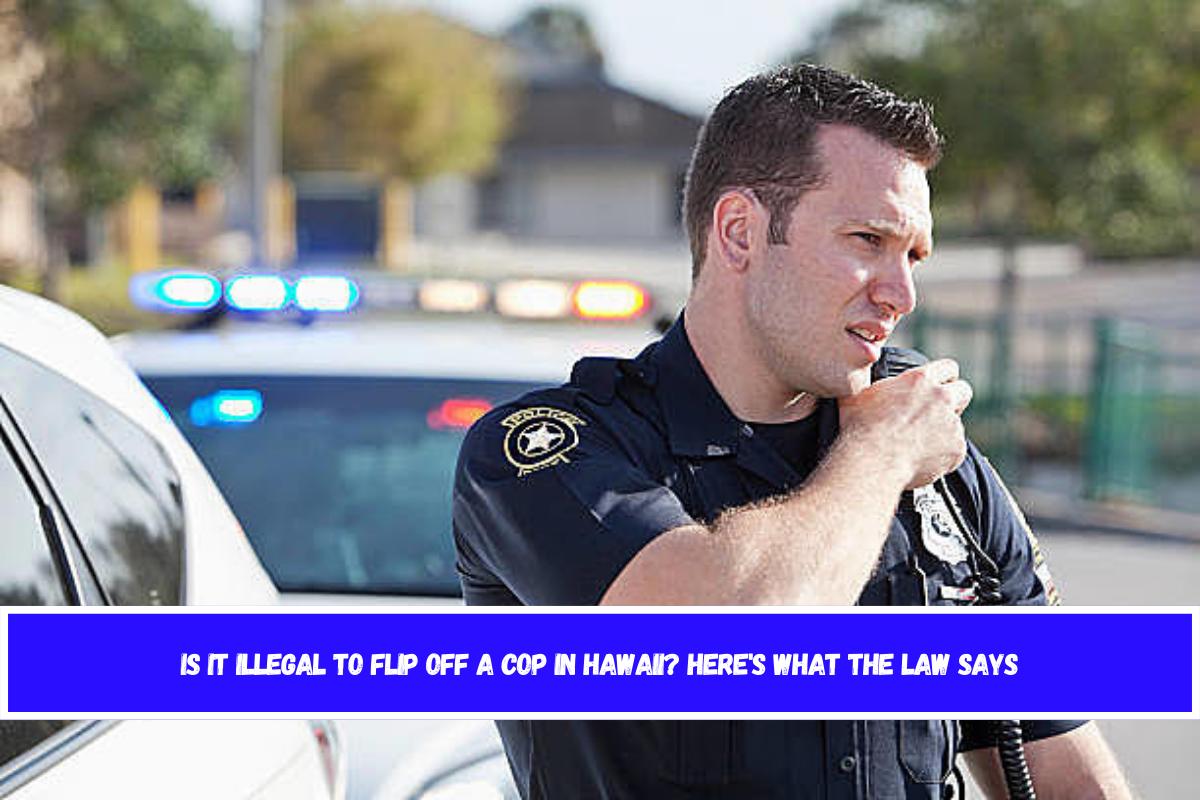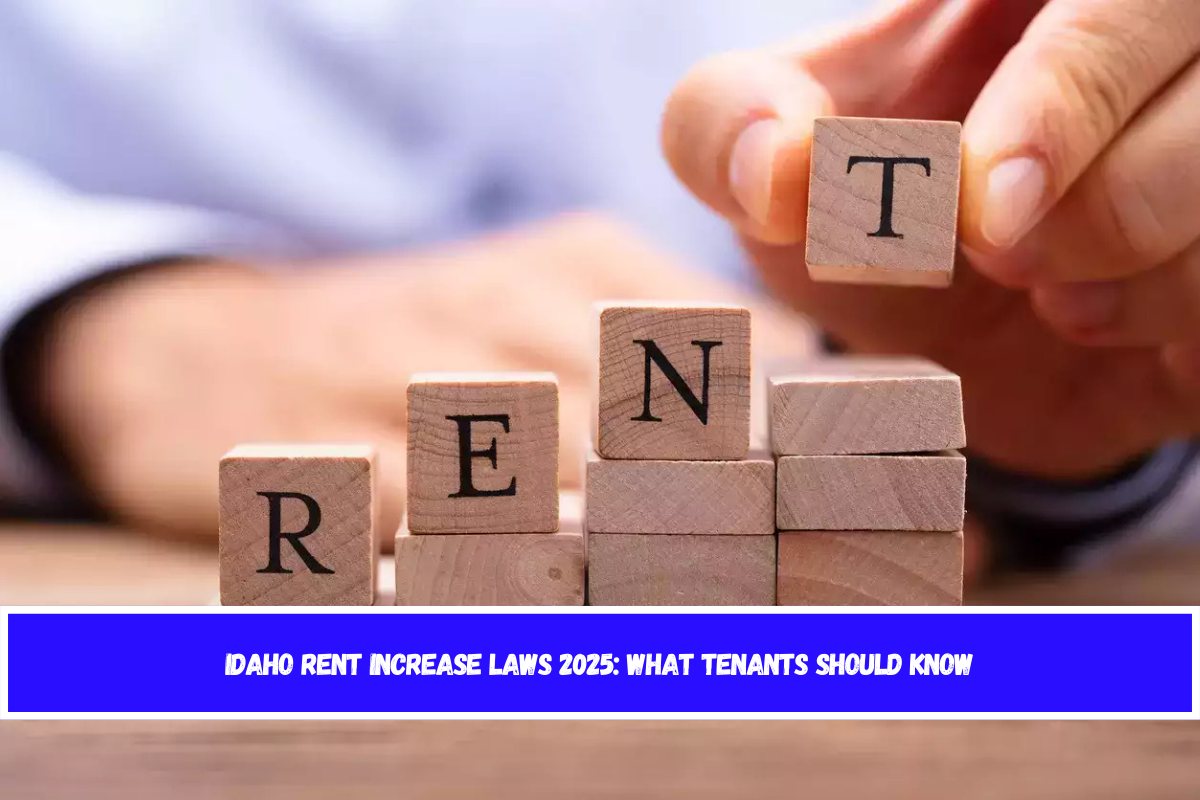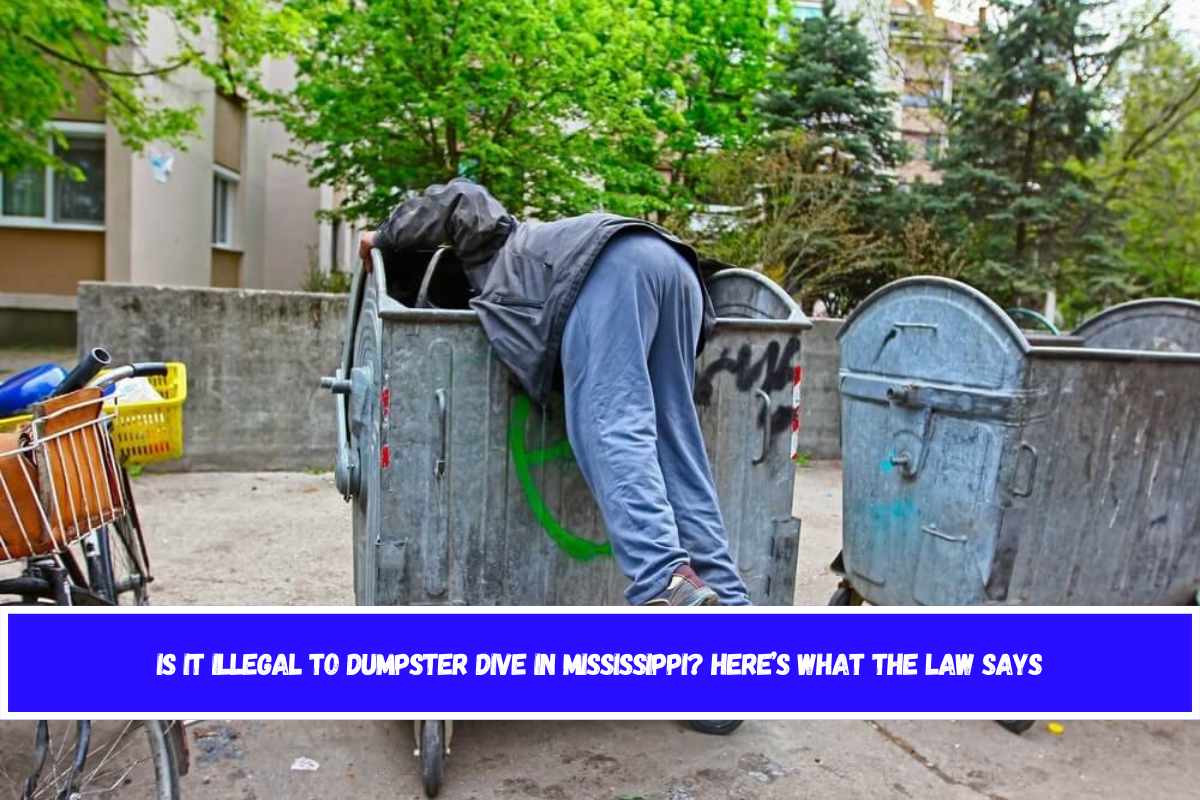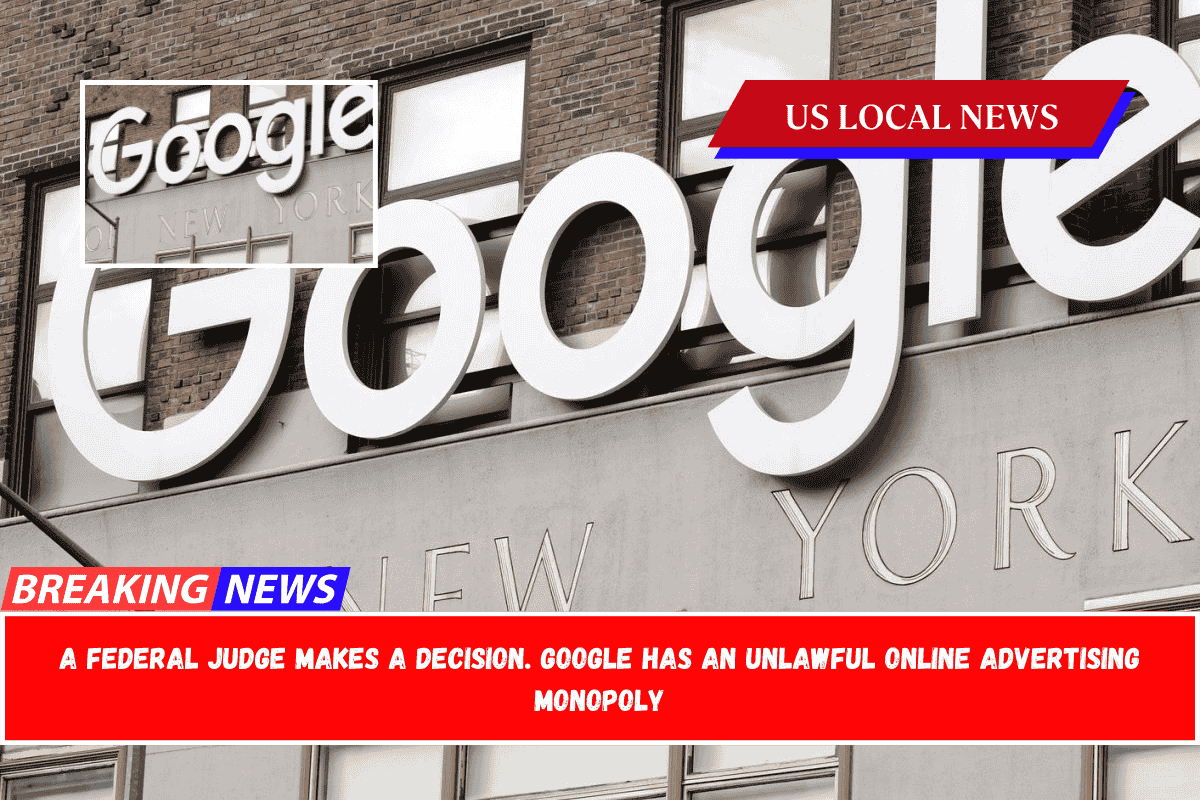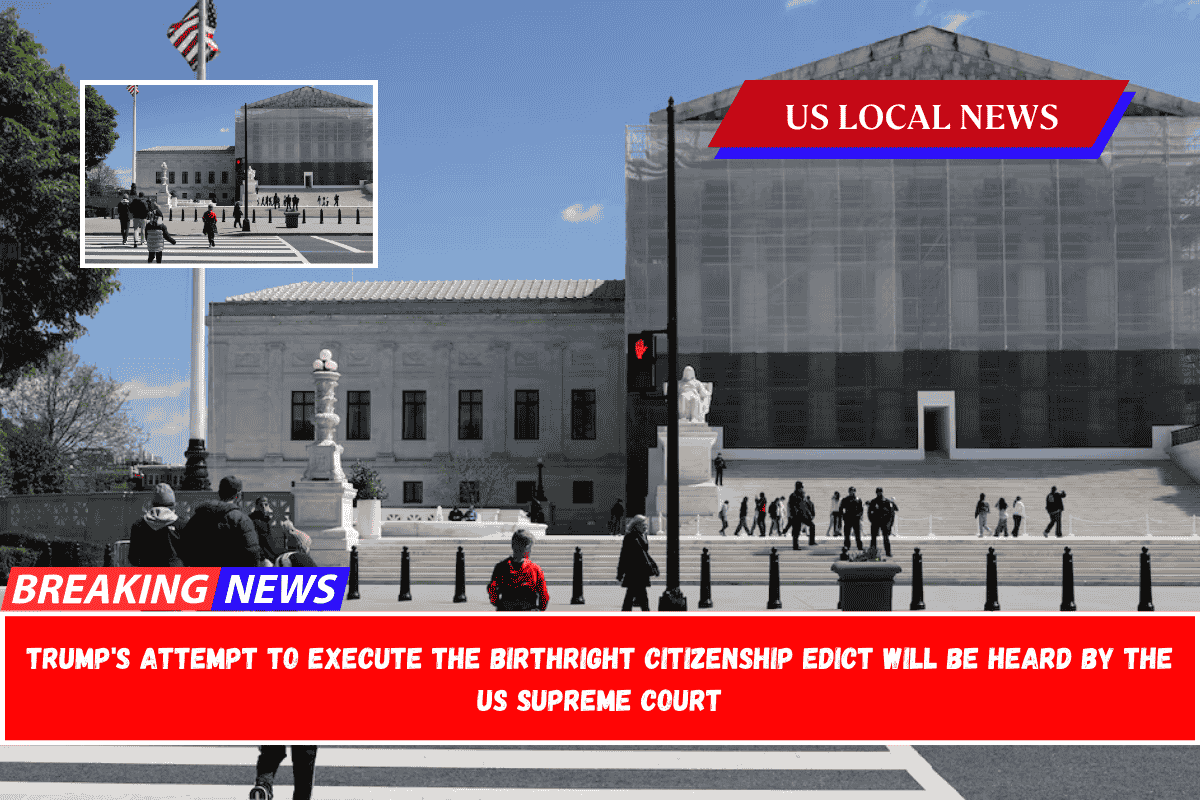Makaha, a small community on the western coast of Oahu, has been named the poorest town in Hawaii for 2024 and remains so in 2025. This distinction is based on several key economic indicators, including median household income and poverty rate, which place Makaha at the bottom among all towns and cities in the state.
Makaha by the Numbers
- Population: Approximately 10,423 (2025 projection)
- Median Household Income: $57,235–$63,291, the lowest in Hawaii
- Poverty Rate: 24–25.22%, the highest in the state
- People Living in Poverty: Over 2,400 residents
These figures are striking, especially when compared to Hawaii’s overall poverty rate, which is about 10–15% depending on the measure used. Makaha’s poverty rate is more than double the state average, highlighting the acute economic challenges faced by its residents.
Why Is Makaha So Poor?
Several factors contribute to Makaha’s economic struggles:
- Low Wages and Limited Job Opportunities: Like much of Hawaii, Makaha suffers from a prevalence of low-wage, low-opportunity jobs. The local economy offers few high-paying positions, and many residents work in service or tourism-related roles that do not provide economic stability.
- High Cost of Living: Hawaii’s high cost of basic needs—especially housing, healthcare, and food—exacerbates the impact of low incomes. Even though Makaha’s cost of living is lower than in some other parts of Hawaii, it remains high compared to the mainland, making it difficult for families to get ahead.
- Housing Shortages: There is a severe shortage of affordable housing for extremely low-income households in Hawaii, including Makaha. Only 37 affordable rental homes exist for every 100 extremely low-income households statewide, leaving many families vulnerable to housing insecurity and homelessness.
- Intergenerational Poverty: Many families in Makaha are caught in a cycle of poverty that is difficult to break. Children growing up in low-income households face barriers to education and future economic mobility, perpetuating poverty across generations.
The Human Impact
Living in poverty in Makaha means facing daily struggles to afford basic necessities. Many households live paycheck to paycheck and are one financial setback away from crisis. The lack of affordable housing and the gap between wages and living costs push families to make difficult choices, sometimes sacrificing healthcare, education, or nutrition.
Broader Context
While Makaha stands out as the poorest town, poverty is a widespread issue in Hawaii. The state’s high cost of living, when combined with relatively low wages, results in many residents across the islands struggling to make ends meet.
Official statistics may even understate the problem, as alternative poverty measures that account for living costs show Hawaii’s poverty rate to be among the highest in the nation.
Makaha’s status as the poorest town in Hawaii is a stark reminder of the economic challenges facing many island communities. With the lowest median income and highest poverty rate in the state, its residents are particularly vulnerable to the impacts of Hawaii’s high cost of living and limited economic opportunities.
Addressing these issues will require targeted policy interventions, such as increased affordable housing, expanded economic supports, and efforts to raise wages for working families.
SOURCES:-
[1] https://www.roadsnacks.net/poorest-places-in-hawaii/
[2] https://hiappleseed.org/press-releases/hawaii-low-wages-cost-of-living-strain-society-local-economy
[3] http://www.worldpopulationreview.com/us-cities/hawaii/makaha
[4] https://worldpopulationreview.com/us-cities/hawaii/makaha
[5] https://hiappleseed.org/blog/official-poverty-data-obscures-reality-in-hawaii




